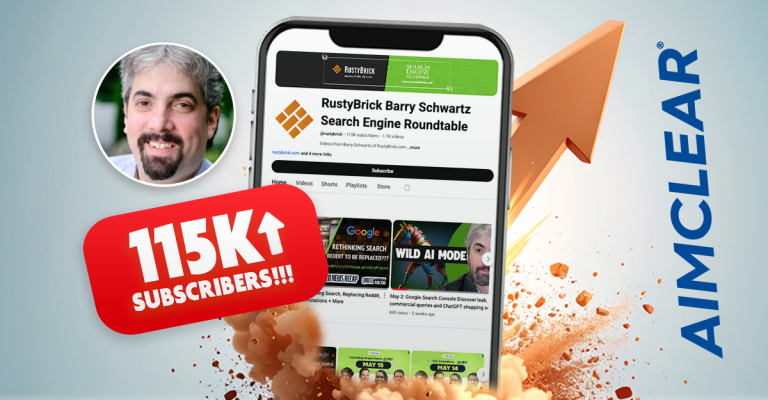Continuing our coverage of SMX Social day one, next up was Native Ads, Sponsored Endorsements & Paid Posts: Walking The Social Media Minefield with Mariana Rodriguez, Senior Account Director at Beeby Clark + Meyler; Phil Gomes, Senior Vice President at Edelman Digital; and Danielle Wiley, CEO at Sway Group.
Associating company brands with a celebrity or popular website grabs new viewers’ attention and spreads popularity between brands. Recently, these native ads, sponsored endorsements and paid posts have been receiving a lot of negative buzz. No doubt, marketers, government officials and average consumers have differing viewpoints on the ethics of native advertising. Some individuals argue that native ads provide false information and trick users into thinking advertisements are true editorial content. Others argue that native ads are similar to content that the audience ALREADY likes. So, where do we go from here?
If your brand decides to engage with native ads, sponsored endorsements or paid posts, be sure that you choose a partner that aligns with your audience and goals before moving forward.
First up, Mariana Rodriguez outlined three steps to identify the right partner.
Understand Your Audience
To fully understand your audience, identify your business goals, end goals and objectives. The target audience will likely already be identified by the brand. Research your audience to the max! Become an expert on your audience’s:
- Demographics: What characterizes your audience?
- Psychographics: What are the attitudes, beliefs and opinions of your audience?
- Behavior: What are the platforms (including social media) that your audience engages on?
Dig deep to understand every unique aspect of your audience and develop personas.
Research the Best Partner
Mariana highlights four items to consider when researching the right partner for native advertising.
Reach: Ask yourself if your prospective partner has the capability to reach the target audience that you’re seeking. Does the audience composition align with your target audience? Keep in mind audience demographics and psychographics, Mariana said.
Content: Determine if the partner’s content fits with what your audience wants. This is crucial in determining if the native ad partnership is a good fit. Mariana says to ask yourself the following questions: Does the audience organically share, comment, like and engage with the partner content? Does the content produced and distributed by the partner tie back to the media consumption habits of your target audience? How does the audience react to the partner’s native content?
Experience: Has the organization worked with other brands and vendors in the past? Ask to see case studies or other materials that illustrate successful partner content in the past.
Cost: Negotiate with your partner to get the most out of the partnership, including guaranteed views of the video and content, posting rights across your owned platforms and partner promotion on their owned channels.
Develop a Researched Brief
The more details included in your researched brief, the better the content produced. Come to agreement on legal and style guidelines. Combine your brainpower and engage in a brainstorm session. Fully consider your partner’s suggestions – they know their audience and platform best.
Next up, Phil Gomes chatted about what the FTC has to say about native ads, sponsored endorsements and paid posts. Some opponents believe that viewers can’t fully process ad disclosures on electronic platforms, especially if they fall outside of the “retina screen.” Phil describes the “retina screen” as the square inch on a screen where your brain can fully process and see in full resolution. That’s pretty small. The argument? Some critics say that the viewers’ eyes could glaze over and not process the ad disclosures if they are outside the retina screen.
The FTC is concerned that consumers can be confused by ads, especially when not clearly labeled. In fact, the FTC has pursued numerous cases involving advertising disclosures (or lack thereof). Whether native ads are an ethical form of advertising or a source of advertising trickery is a continual debate. The situation is further complicated because marketers, government officials and average consumers cannot come to a consensus on the issue.
So, how can marketers and the FTC come to an agreement? Gomes concludes by saying marketers and communicators can and will lead the ethics discussion. Consumers have a different definition of disclosure compared to marketers, and may require explicit labels. Keep your audience in mind and be sensitive to their advertisement disclosure needs, said Gomes.
Danielle Wiley, CEO of Sway Group, wraps up the session by explaining how to run a successful campaign while abiding by FTC regulations. She offers the following tips for success.
6 Compelling Sponsored Content Tips:
- Find the right influencer. The influencer will guide the message and impact your native advertising campaign.
- Let the influencer guide the story. Marketers shouldn’t take control of the messages.
- Let the influencer guide the engagement. Trust the influencers because they built the community and understand what it wants.
- Build a relationship. Content is more likely to be trusted when you have an existing relationship with your audience.
- “Sponsored” doesn’t have to be a dirty word, (and if done well, won’t hurt your SEO).
- Develop different programs for different KPIs. Tailor your program. Figure out what you want to accomplish and finalize the target demographics to receive your messages.
Well, that’s a wrap! Thank you to the speakers for their insights on native ads, sponsored endorsements and paid posts. Check back later for additional coverage from SMX Social, and remember to follow along on Twitter @AIMCLEAR for additional live coverage.









